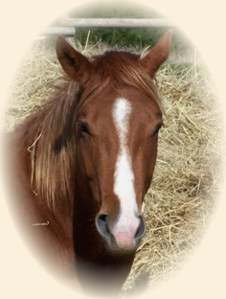Dressage with Kyra

Correct schooling will not only make the horse more beautiful and harmonious but will also enhance his balance and strength. As the horse develops stronger muscles he reduces the strain on his tendons and joints, and it becomes easier for him to carry the weight of the rider and to move just as elastically and smoothly as he does without a rider.
Kyra Kyrklund knows something about training. She has trained and successfully competed no less than eleven different horses at international Grand Prix standard. She has been National Dressage Champion in her native Finland ten times. She has participated in five Olympic Games competitions. She won a silver metal at the 1990 World Equestrian Games and won the 1991 Volvo World Cup final.
In Dressage with Kyra, Kyra Kyrklund joins forces with Jytte Lemkow, Danish–born international dressage judge, equestrian journalist, and photographer, to describe the methods which helped her and her horses perform so well. Kyra admits: “:…all theoretical books, including this one, describe how to ride the ideal horse and unfortunately that horse does not exist!” Still, she endevours to explain some of the methods that she has tried and found to work best for her.
While an exacting rider, the author stresses the importance of treating the horse fairly. She suggests thinking of how a young child learns to walk. You would not punish the child if he fell in his attempt. Kyra writes:
If the reaction of the horse is not quite what you wanted, remember that it is better to obtain a faulty reaction than no reaction at all. Even if the horse makes a mistake, at least he is trying to do something!
The rider should also remember: “The horse cannot distinguish between the conscious and unconscious signals of the rider.” Just as important, one must take into consideration his level of expectation:
If the rider demands movements that are too difficult or if he punishes the horse when he has submitted correctly, the horse will be reluctant to submit willingly again.
Kyra emphasizes the importance of working with the horse, of getting the horse to respond willingly — not out of fear.
The author stresses that the seat is the most important aid: "You can never spend too much time trying to perfect your seat." She adds: “Depending on how the rider places his weight in relation to the balance of the horse, he can make the horse move more slowly, go faster or turn.”
Within this book of less than 150 pages, Kyra Kyrklund covers many aspects of dressage. She shares her techniques regarding everything from collection and flying change of leg to pirouettes, piaffe, and passage. The book is a worthwhile read to any serious student of dressage. And for those who aren't, there is still plenty of good general advice on the relationship which should exist between trainer and horse.